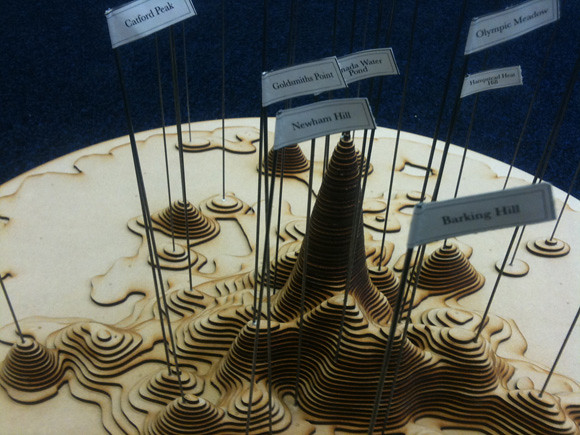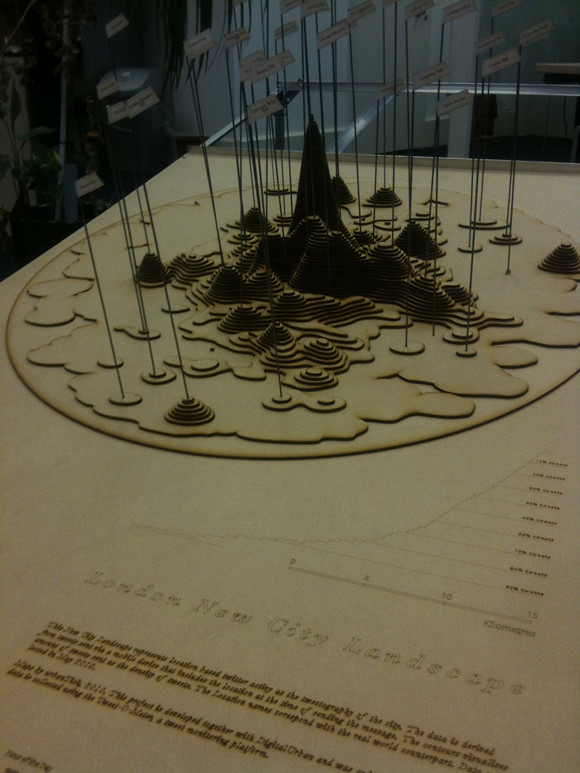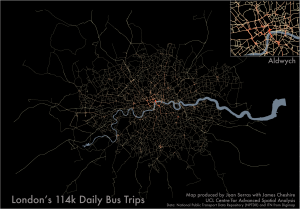CASA is running a one day conference under the title CASA Smart Cities: bridging physical and digital. The title basically explains the aim of the event and besides a exciting line up of speakers with interesting projects there is also an exhibition with interactive installations.

Image by Dr George MacKerron / Pigeon Sim, how to navigate the flight icons.
As the Keynote speaker Professor Carlo Ratti, Director, Senseable City Lab, MIT is invited. Other speakers include: Professor Michael Batty, Chairman, CASA, Professor of Planning; Dr Andy Hudson-Smith, Director and Head of Department, CASA; CASA researchers including Richard Milton, Oliver O’Brien, Dr James Cheshire, Steven Gray, Dr George MacKerron, Dr Jon Reades, Dr Joan Serras and Dr Duncan Smith

Image by CASA / Conference flyer.
This event is supported by CASA research grants: ANALOGIES (EPSRC), COSMIC (ERA-NET), GENeSIS (ESRC) and TALISMAN (ESRC, NCRM).
The four main aspects of the conference are:
Find out about groundbreaking research being carried out at CASA, with talks covering crowd-sourcing and participatory mapping, sensing using social media and experience sampling, data dashboards, public transport, public bike schemes and more. Explore a brand new interactive exhibition, showcasing some of CASA’s latest models and maps. Meet and network with academic, public and private sector attendees during coffee breaks, a catered lunch, and an evening drinks reception. Find out more about the courses we offer at CASA.
The Programm can be found HERE. Registration is on http://casasmartcities.eventbrite.co.uk/. The Twitter hashtag for this conference is #casaconf.
The exhibition part will include some exciting experimental interactive media installations. In Pigeon Sim the visitor can fly around Google Earth, navigating by flapping the arms, there are simulations running interactively on touch tables and also the live London Dashboard installation is on display.

Image by urbanTick for NCL / The 3D London NCL model.
Some of the Twitter work is on display too. The analogue Tweet-O-Meter, last on show at the British Library will be installed and a a 3D physical model of the London New City Landscape map will be on display. This model was layered from the contour lines and includes the labels and tag. With it some of the aNCL network clips will be on display, showing the connective aspects of the data. In these clips other cities than London will also be on show to extend on the perspective.

Image by urbanTick for NCL / The 3D London NCL model.
Continue reading »












